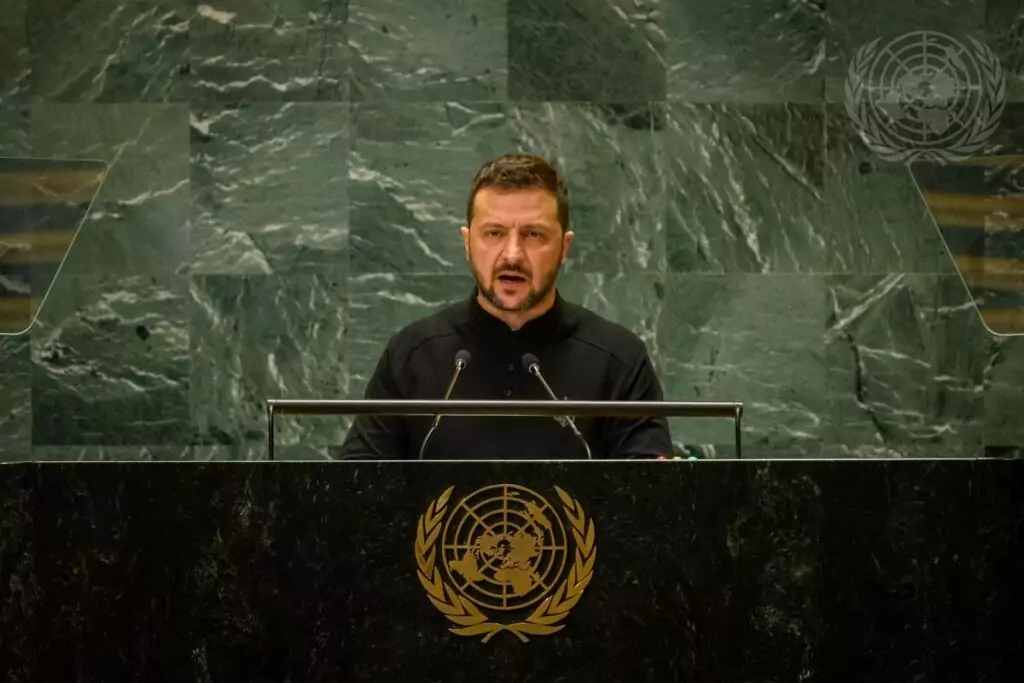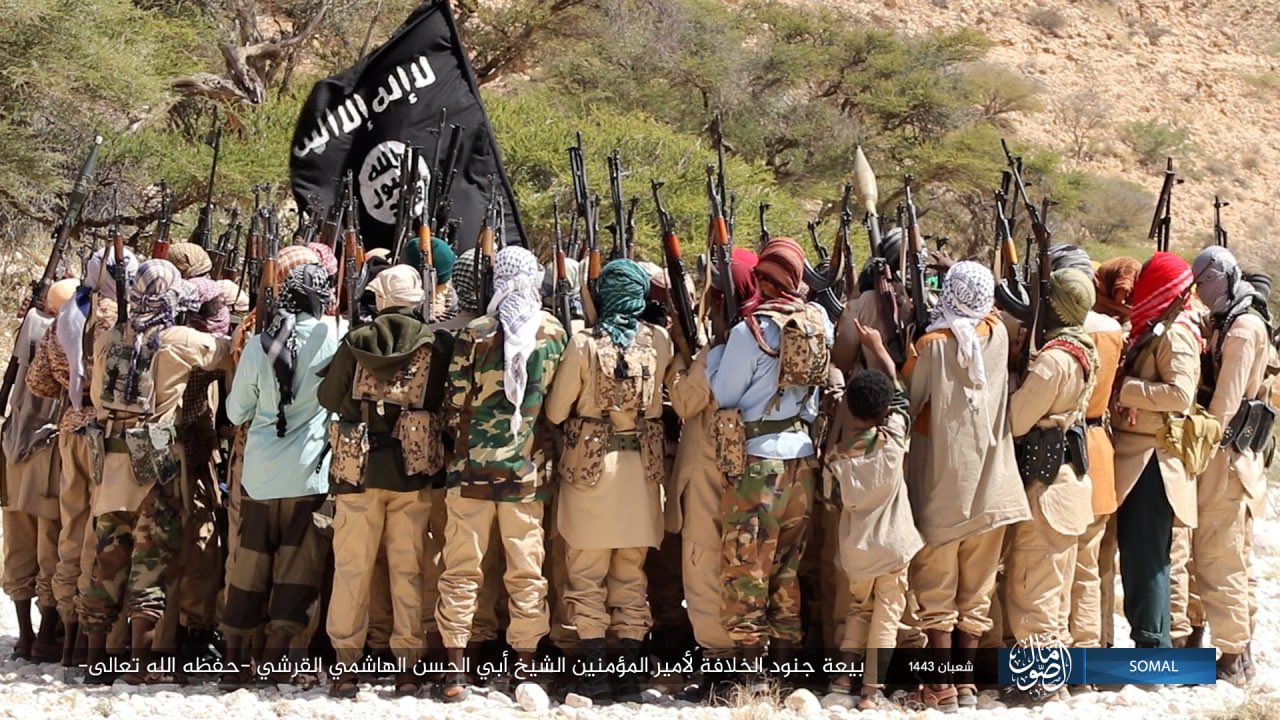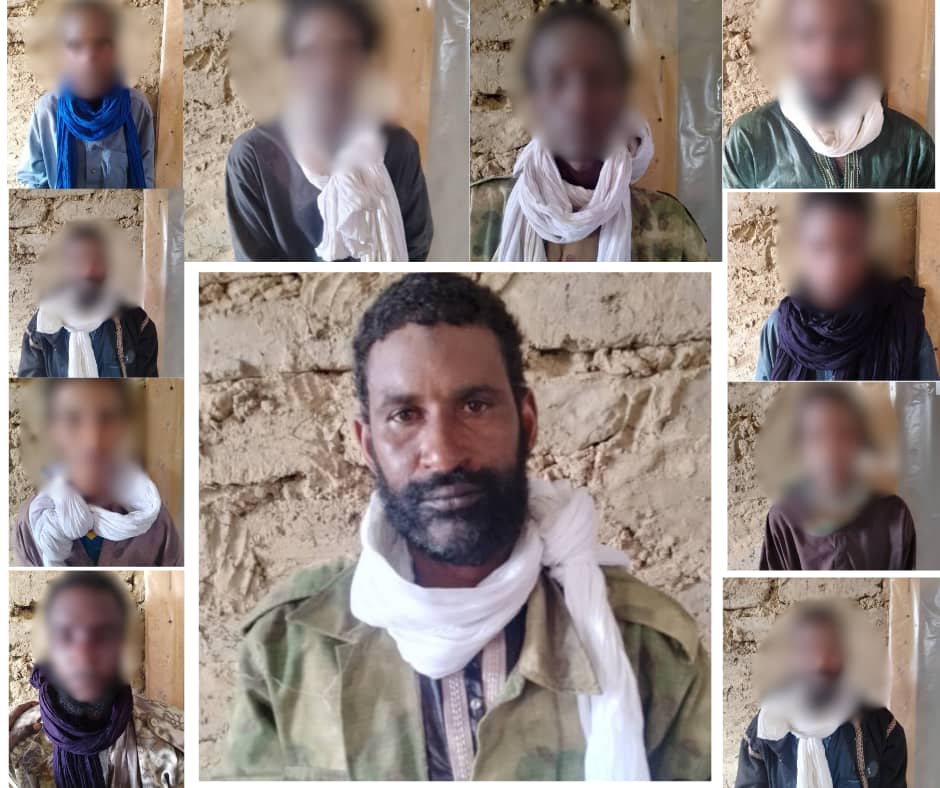Jihadis Dispute Role of Iraq’s Female Suicide Bombers
Jihadis Dispute Role of Iraq’s Female Suicide Bombers
Lately, jihadi forum participants have been inquiring about the women’s suicide battalion in Iraq and the religious jurisprudence regarding female jihad. A response to the inquiries was posted by Dr. Hani al-Sibai, an Islamist Egyptian Sunni scholar and lawyer. Sentenced to fifteen years imprisonment in Egypt for his activities with Islamic Jihad, al-Sibai now lives as a political refugee in London, where he is the director of al-Maqreze Centre for Historical Studies. The posting, entitled “The Truth about Women’s Martyrdom Battalions of al-Qaeda,” also revealed the presence of female suicide bombers in some parts of Iraq and was circulated and commented on by a number of jihadi forum chatters (al-faloja.info, August 8).
The question posed by forum participants on the subject of female suicide bombers was as follows:
“Lately, an increase in women’s participation in martyrdom and combat operations against occupiers in Iraq was noticed. How do you analyze this new phenomenon and what is the truth about the affiliation of women’s suicide battalion with al-Qaeda, specially the ‘That al-Nitaqayn’ battalion? [1] Could we consider this a new tactic of al-Qaeda in Iraq?”
Al-Sibai’s answer comes in conformity with Salafi-Jihadi ideology as he divides jihad into two categories:
• Defensive Jihad
When Muslim land is occupied by non-believers, jihad is mandatory for all Muslims, male and female. Women are allowed to conduct jihad without the approval of parents or spouse.
• Offensive Jihad
When other Islamic countries are being attacked, Muslims are obliged to defend the weak Islamic countries and help them against the invaders. In the Salafi-Jihadi context this constitutes offensive jihad. In this case women are not allowed to travel to participate in jihad without permission from parents or spouse and must be accompanied by an unmarriageable person such as a male relative.
Concerning the affiliation of the women’s battalion with al-Qaeda, al-Sibai says that for the last two years al-Qaeda has melted into the so-called Islamic State of Iraq (ISI) along with other Salafi-Jihadi groups and no longer releases communiqués in al-Qaeda’s name. Al-Sibai believes there is no official al-Qaeda female suicide battalion, rather only unorganized female suicide groups composed of wives, daughters, and sisters of slain jihadis in Baghdad, Diyala, and Mosul. They await an opportunity to attack U.S. and Iraqi forces to avenge their dead. Since the occupation of Iraq, according to al-Sibai, women have carried out 23 operations in Diyala, 21 operations in Baghdad, 17 operations in Mosul, eight operations in al-Anbar, and four in Kirkuk. The female perpetrators were mostly wives and daughters of high ranking jihadi leaders. Although ISI has not confirmed or denied the official formation of groups of female suicide bombers, Am Salameh, the widow of Shaykh Abi Obaida al-Rawi (former al-Qaeda leader in northern Iraq who was killed in an airstrike in 2007), is the Amir of the “That al-Nitaqayn” Martyrdom battalion. In leaflets distributed in Baghdad, Mosul, and Diyala, Am Salameh threatened to hurl an army of women martyrs into Baghdad’s streets. The leaflet read “Tens of women from Fallujah, Baghdad, Diyala, and widows of Mosul are longing to join their lost ones in heaven. The women are very close to their targets” (muslm.net August 7).
Consenting to women’s contribution to jihad, a forum chatter from Fallujah contributed to al-Sibai’s posting, saying Fallujah militants had formed a female martyrs battalion from women who vowed to avenge their men killed by Coalition forces. This formation pledged allegiance to ISI and received training and support from al-Bara Bin Malik’s battalion, the military wing of ISI. Another statement attributed to Shaykh Abu Laith al-Mashhadani, an al-Qaeda’s leader in the Abu Ghraib district of Baghdad, said the women’s battalion reports directly to Abu Omar al-Baghdadi. The “That al-Nitaqayn” battalion has carried out tens of martyrdom operation in the last few months, killing many soldiers; “It is worth a thousand of our other fighting battalions” said Shaykh al-Mashhadani (islamonline.net, July29).
On the other hand, another forum chatter posted a link to a picture of a female suicide bomber who blew herself up in Baquba, saying: “This is the picture of our sister. Her body is exposed to the public and security forces are grabbing her body. Is this what we wanted? Our women are exposed in a shameful way?”
Despite a sudden proliferation of such activities, female jihad operations are expected to remain limited due to the constraints imposed by religion on Muslim women. The nature of terror operations necessitates the need to mingle with a male trainer, handlers, and the enemy, which women are not allowed without the company of unmarriageable relative or a spouse.
Notes
1. The battalion is named for Asma’ Bint Abi Bakr, daughter of Abu Bakr, the first caliph (successor to the Prophet Muhammad) and one of the earliest converts to Islam. When the Prophet Muhammad and Abu Bakr were forced to take refuge in the mountains, she tore her cloth belt in two to tie the provisions she took to them, hence the nickname “al-Nitaqayn” (the two belts).


